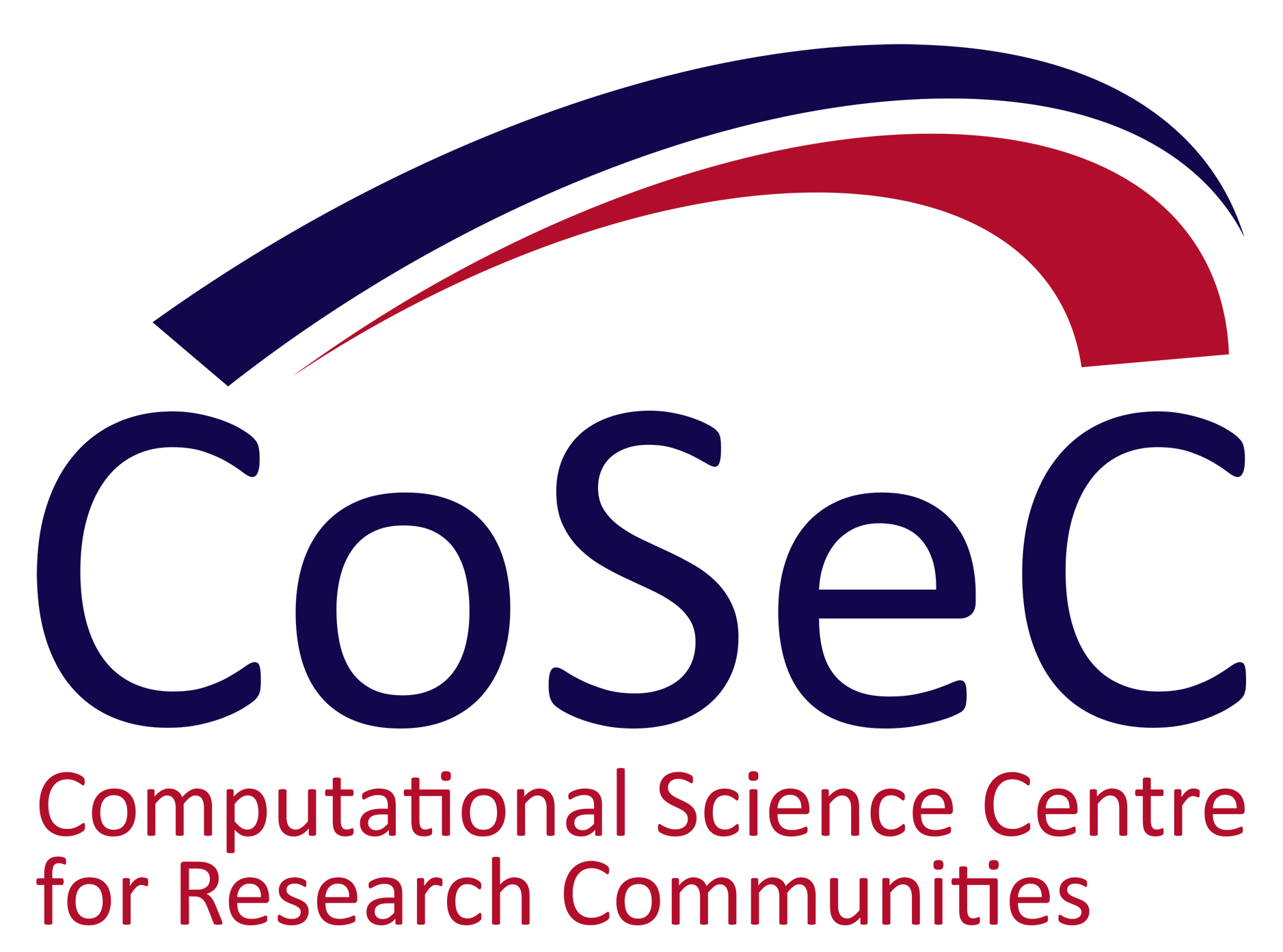 Science applications Wave structure interaction primarily engineering crossing into chemistry, physics and natural (Earth sciences): fluid dynamics, solid mechanics and solid body kinematics, understanding wave-energy generation devices, flood defences and fundamental understanding of the physics of wave structure interactions; non-conventional coolants such as liquid metal and molten salts.
Science applications Wave structure interaction primarily engineering crossing into chemistry, physics and natural (Earth sciences): fluid dynamics, solid mechanics and solid body kinematics, understanding wave-energy generation devices, flood defences and fundamental understanding of the physics of wave structure interactions; non-conventional coolants such as liquid metal and molten salts.
Turbulent flows in a vast range of industries across a range of engineering, physiological and geophysical applications: naval, aeronautical, automotive, power generation, process, pharmaceutical, meteorological and environmental; energy-efficient fluid mixing reducing frictional losses and speeding up the flow, minimizing unwanted noise (e.g. aeroacoustic losses); control of turbulent boundary layers to reduce friction drag; basic questions regarding the physics and modelling of turbulent flows.
Turbulence and heat transfer in nuclear and energy engineering: fluid dynamics, thermal hydraulics, cooling systems of advanced nuclear reactors, non-conventional heat conversion media such as fluids at supercritical pressure and liquid metal in power conversion systems.
Expertise Collaborative research is achieved via software and methodology development, training and outreach activities, dissemination, community building, networking and providing access to sustained networks of communities.
More specifically, core computational support includes: scientific code coupling, improving code portability in high performance computing (HPC) across a range of platforms, and enabling capability computing on emerging hardware; methodology and code development and maintenance including high fidelity modelling and simulation, and robust (reliable, affordable and user-friendly) computational fluid dynamics; code development, porting and optimisation for sparse system geometries; development and application of mesoscopic modelling techniques such as Dissipative Particle Dynamics - DPD (capable of modelling larger systems with correct fluid behaviour), Lattice Boltzmann Equation – LBE method (capable of modelling fluid flows with complex geometries and interactions between multiple fluids and phases).
Developing and maintaining computational methods and software packages to modernise the nuclear thermal hydraulics tools to meet the demands imposed through the development of advanced next generation nuclear reactor systems; facilitating world-class turbulence research using national High-End Computing (HEC) resources by performing numerical experiments with turbulence-resolving computational approaches; understanding the physics and modelling of turbulent flows found across a range of engineering, physiological and geophysical applications and applying a thermal-hydraulics approach for much higher temperature and pressure systems. Offering a step change in the fundamental understanding of turbulent reacting flows using advanced numerical simulations utilising developments in HPC, and translating physical insights into high-fidelity models for engineering simulations.
Software Knowledgeable and experienced CoSeC staff within the CCP and HEC Computational Engineering communities support and/or develop the following codes by, for example, providing help in setting-up and running simulations, fixing bugs and adding new features:
plus LBE codes particularly MPLB and HemeLB, DL_MESO, Code_Saturne, OpenFOAM, FEniCS, Multiscale Universal Interface Coupling Library, SENGA+, HAMISH, OpenSBLI, and Parallel Partitioned Multi-Physics Simulation Framework (parMupSiF).
CCPs, HECs and Project Leads
